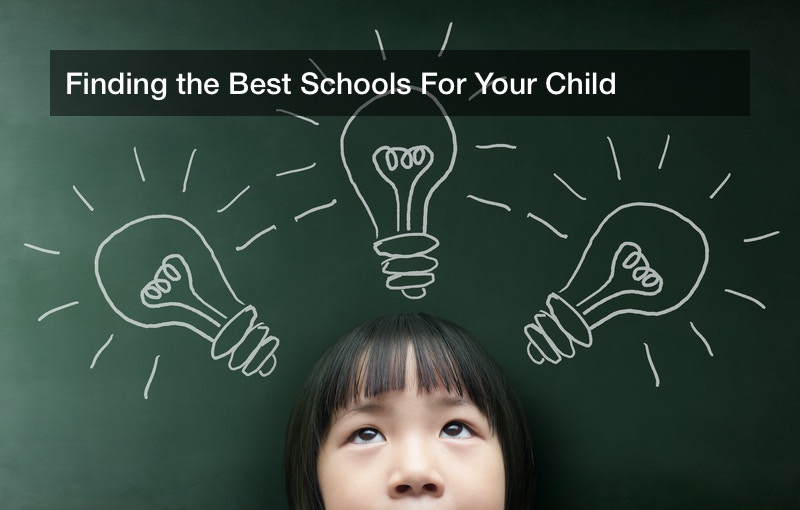
A good education is the key to a child’s future success, so parents will always look for the best local schools for their children, and enroll them there. This applies not only to finding elementary and middle and high schools, but also finding preschools and similar pre-primary programs for young students. If the family moves to a new city or town, or when the child becomes old enough for school, the parents may start looking online to find the best private schools, top rated public schools, or even both in their area. Some of the top preschools are private schools, and some are not, and parents might choose between public and private. What are the advantages of private schools, and how can parents find a very good public one? This is something to consider carefully for any level of education.
Finding Quality Preschools
It is not mandatory for American children to attend preschool or similar pre-primary programs, but more parents than ever are sending their children aged three to five to these schools than ever before. From 1990 to 2000 in particular, the rate of preschool attendance grew rapidly, and by now, nearly 87% of American five-year-olds are enrolled in pre-primary programs of some sort. A preschool is not a mere day care center; it is a dedicated academic setting that will prepare its young students for elementary school. Students will learn how to learn, get used to following a teacher’s directions, and enjoy a variety of extracurricular activities. Private preschools will charge tuition, but they are robustly funded and have expert teachers on staff, to provide a high quality education. Public preschools will vary more widely in funding and quality, so parents can carefully evaluate each one to find the best one that suits their child’s needs.
To begin the search, parents should enter a fairly specific search phrase online, such as “top rated public preschools near me” or “best private preschools nearby” and include their ZIP code to keep the results local (this is especially important in large cities). When a list of results comes up, the parents can strike out schools that are deemed foo far away or those that aren’t accepting new students anyway, and compile a short list of candidates schools. Now, the whole family can tour the best local schools in person to get a fair impression of what each one is like, and the parents can consult the staff to review the credentials of each teacher there. The parents may also examine the programs and activities offered there, and see how well funded the school is. And of course, the parents should double check to see that their child feels comfortable there and gets along with the staff. If the child likes it there, then that is a helpful reference, and the family can tour any number of schools like this and see how their child likes each one.
Other Schools
Meanwhile, a K-12 education is mandatory, and parents must find these schools for their child when the family moves or when the child becomes old enough for elementary middle school. A similar school-search process can be used to find these schools, from “top private schools near me” to “best rated public high schools nearby” and find some results. Here again, private schools are privately funded and run (hence the name), and they are a minority of schools in the United States. But they boast strong funding and expert staff, and private school teachers report lower incidence rates student apathy than public school teachers do. Private high schools also offer more college counseling than public ones, and around 90% of private high school grads go on to college.
Still, a highly rated public school may be nearly as good in some cases, and either way, the family can tour local schools to evaluate them in person. The prospective student may want a school with particular programs or activities, such as a certain sports teams, a debate team, dedicated arts programs, or a marching band. The child can also later tell their parents why they did or did not like a particular school, a helpful reference during the search.
